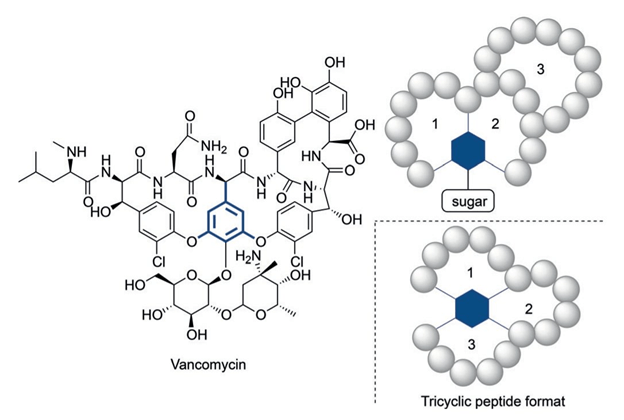Peptides are known as short chains that are made of amino acids. On the other hand, amino acids are the basic building blocks of proteins alongside several different varying types of organic chemicals. Typically, peptides are created when proteins get digested in the body. This means that they are usually readily available for absorption by the bloodstream. Peptides can, however, be manufactured outside the body like hormones, neurotransmitters as well as pain relievers. Companies like vulcanchem have succeeded in the manufacture of high-quality peptides. In this post, we discuss the different classes of peptides and their functions in the body at length.
Classes
of Peptides
It is scientifically challenging to
classify different peptides into various classifications because a single
peptide can belong to more than one group simultaneously. However, with great
difficulty, scientists have come up with the following classes of peptides
according to functions;
- Peptides that work as hormones
This is the most common group of peptides.
These types of peptides
act as messenger molecules that are used to aid in cellular communication. Hormone
peptides are secreted and synthesized by unique groups of cells. These cells
are known as endocrine glands. After their production, the hormone peptides are
transported to the specific organs where they perform their function.
- Peptides
that work as neurotransmitters
This type of peptides is known as
neuropeptides. Neuropeptides
are found in the central and peripheral nervous systems in the body. This type
of peptides has unique functions. Two of the main tasks of neuropeptides is
that they work as inhibitors as well as exciters. One primary example of a
neuropeptide is endorphin. Endorphin acts as a painkiller as well as an
inhibitor of other neuropeptides.
Classes of peptides according to
their structure

- Dipeptides
Dipeptides are peptides that are formed by
two amino acids that are linked by a single peptide bond. Examples of
dipeptides are carnosine and anserine.
- Tripeptides
Tripeptides are peptides that are formed
by three amino acids that are linked by two peptide bonds. Examples of
tripeptides are glutathione and ophthalmic acid.
- Polypeptides
Polypeptides are peptides that are formed
when a peptide bond combines more than twenty amino acids. Examples of such
peptides are insulin and growth hormones.
- Oligopeptides
Oligopeptides are compounds that are
formed following the combination of more than two and less than twenty amino
acids. The amino acids have to be linked by a peptide bond. Examples of
oligopeptides are tetrapeptide amanitin.
Functions
of Peptides
- Peptides act as
transporters as they allow substances to pass through the cell membrane into
the cells. - They also act as enzymes
as they speed up the reactions involves in several processes, including the
process of food digestion. - Peptides are also essential
structural elements in the body. They contribute to the shape and the strength
of bones and muscles hence protecting vital organs in the body.
Final Word
Peptides also assist in maintaining the
health of the skin. They achieve this by relaxing certain types of facial
wrinkles, stimulating the deeper layers of the skin and encourages the skin to
heal wounds faster.


